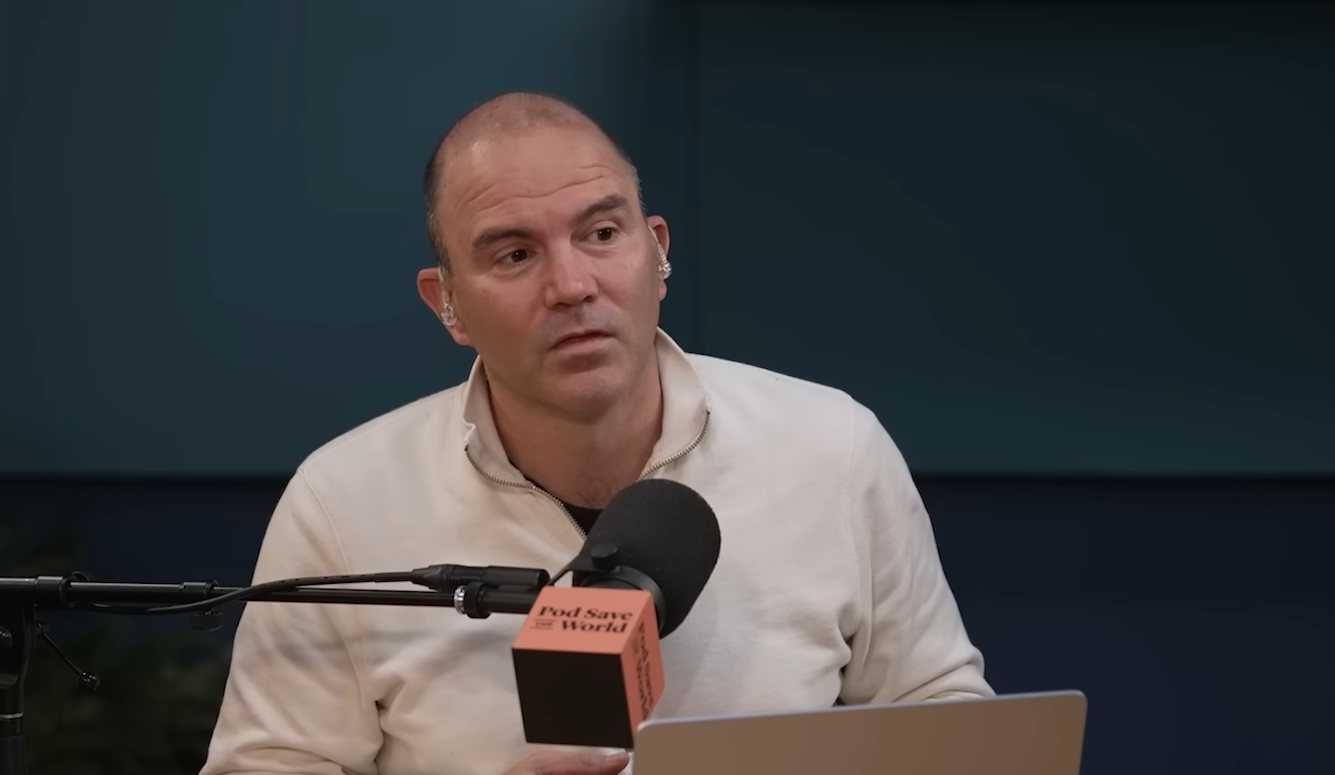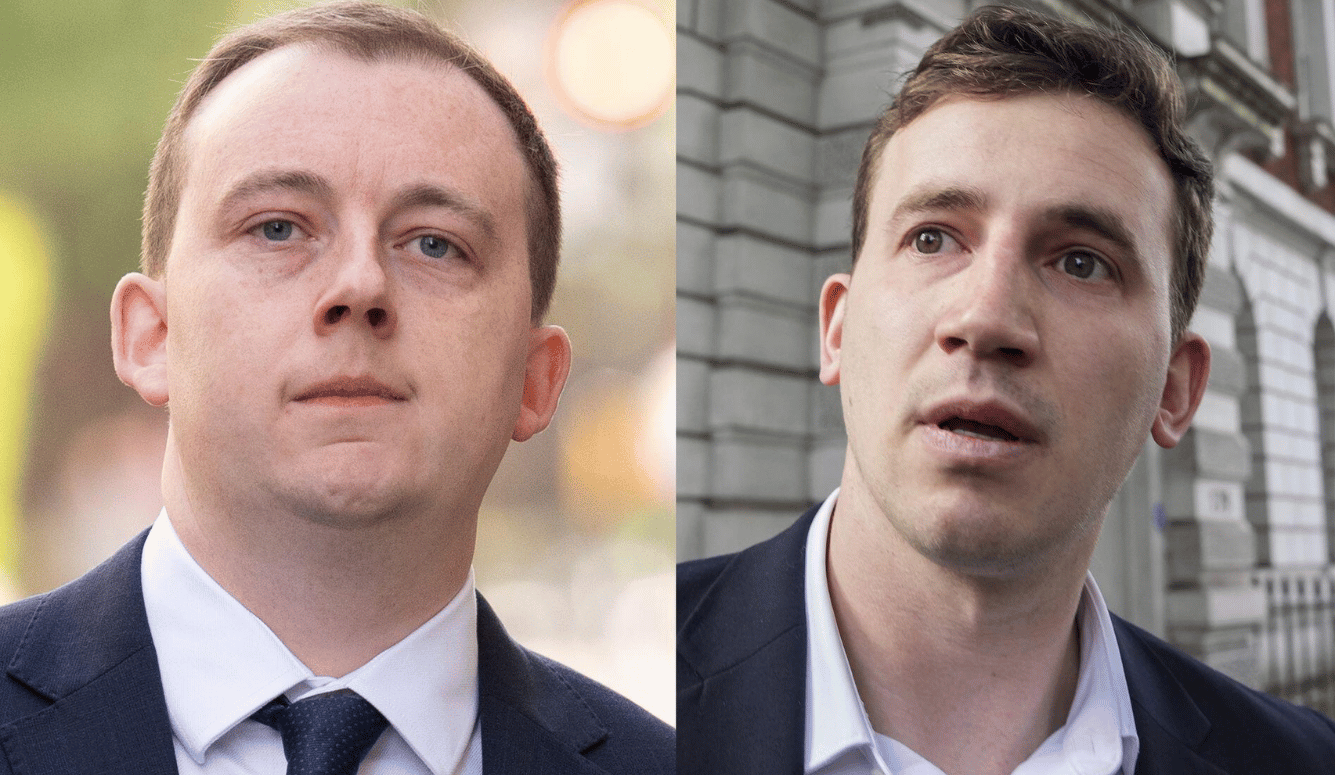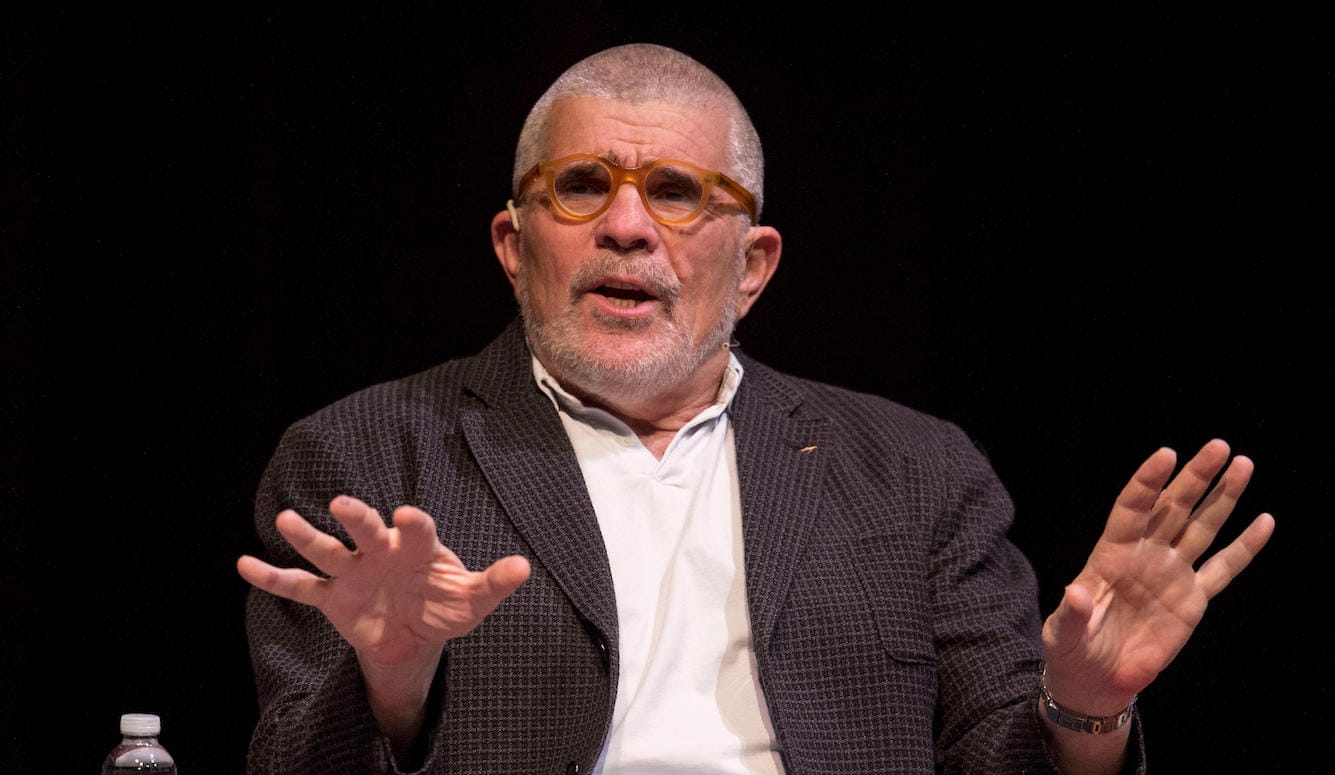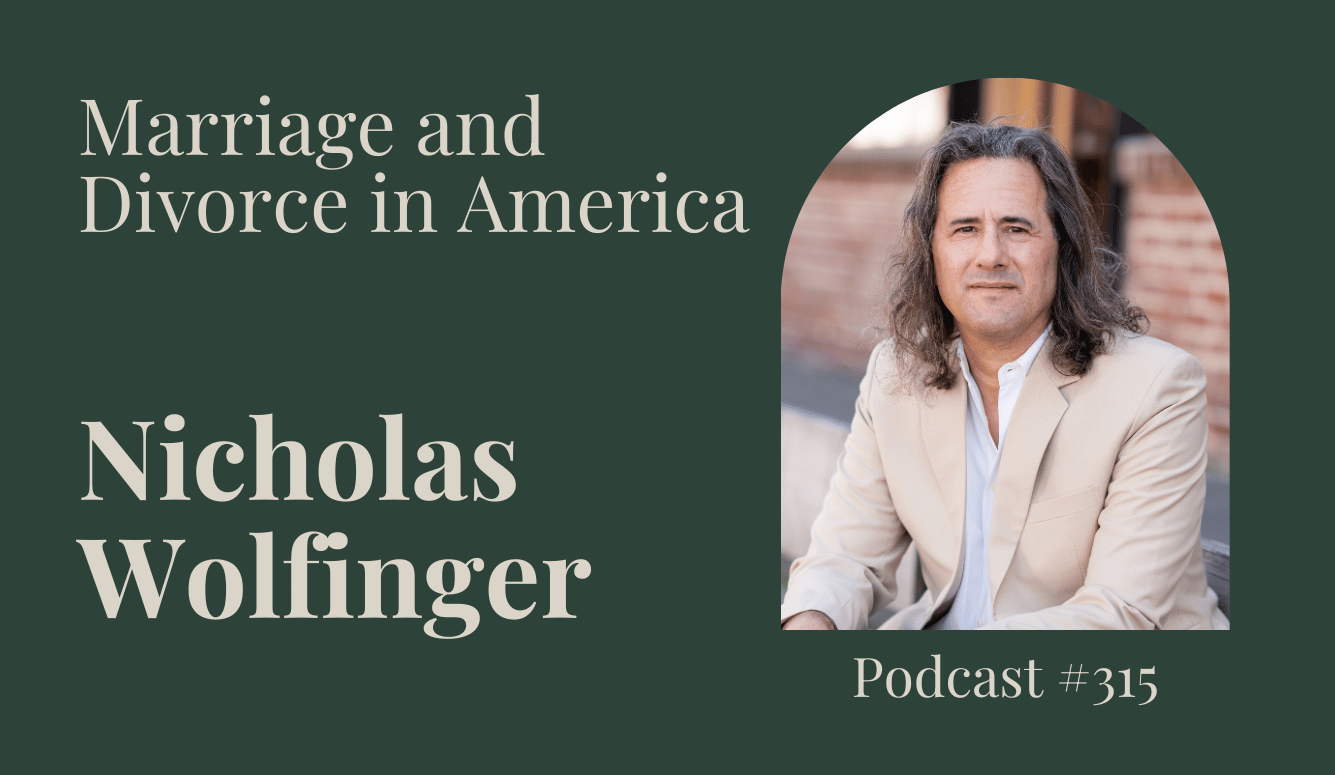Identity
For 30 Years, I've Tried to Become a Woman. Here’s What I Learned Along the Way
The mirror doesn’t lie.
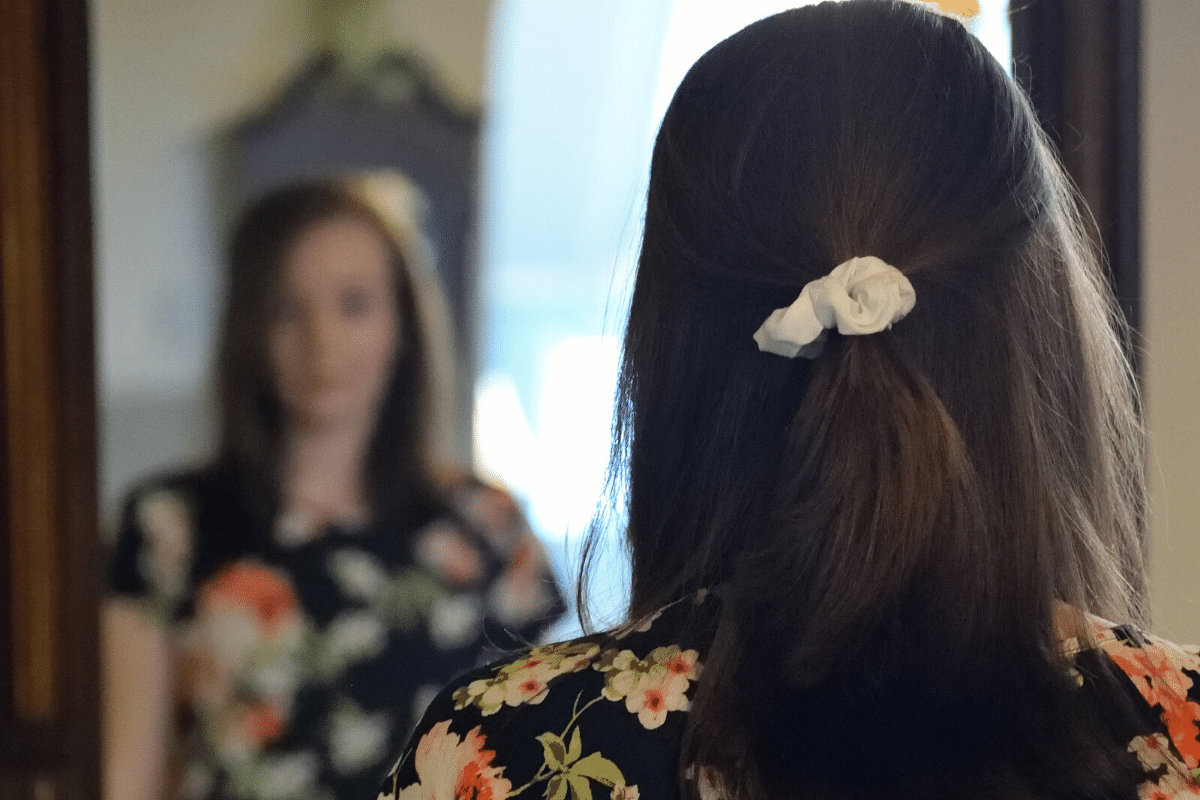
I turned 45 this month. I can’t deny that I’m in my middle years. Although I’ve been blessed so far to avoid noticeable gray hairs, there are unmistakable creases around my eyes and forehead. My hands are even picking up the signature wrinkles and definition that I’ve always associated with “old hands.” Beyond the outward signs of age, I feel it inside. My peak energy levels are lower than they used to be, and the idea of dashing around makes me tired just thinking about it. The aphorism that you’re only as old as you feel may have some truth to it, but one can’t just wish away one’s age.
When I appraise myself in a mirror, looking for signs of aging, I can’t help but look for the signs that betray the sex I was born. Male. A bouncing baby boy, and more or less on that trajectory until my early teen years, when I became convinced that I was actually a girl. It was only a short time later that I started taking little purple Premarin pills, and not much later, sex reassignment surgery.
The mirror doesn’t lie. When I pull my hair back, reducing its feminizing effect, it’s easy to notice my masculine features, especially my brow ridge. You could even say I have a masculine jaw, but I promise it’s a carbon copy of my mother’s. Twenty-seven years of estrogen have changed the façade, but the structure is still as nature made it. I could pay a surgeon to grind away bone to smooth the bumps and ridges, but it wouldn’t change who I am. Believing otherwise is just wishful thinking.
Am I a woman? I used to believe I was. I used to have stars in my eyes. My role model was the Bond girl (and self-described “Transsexual Supermodel”) Caroline Cossey. She was gorgeous and glamorous. If she could do it, couldn’t I? Me, a socially awkward boy who struggled to find brotherhood in the company of boys, who more easily made friends with girls. Why not?
Early in my elementary schooling, I’d been made to see a psychologist to discover why I couldn’t fit in; why I was constantly a target for bullies. I didn’t know that the question was answered, and that it was an issue larger than myself. I continued to wonder what was wrong with me. Maybe I was not supposed to be a boy. It seemed to solve so much.
In the very early days of the modern Internet, there was a non-commercial predecessor to Facebook and Twitter called IRC, or Internet Relay Channel. Using login credentials borrowed from a teacher, I used this chat network to seek out help. And I found it. For a misfit like me, finding a group of people who were accepting and validating was amazing. Maybe even intoxicating. These people understood me—or, even if they didn’t quite understand me, they would at least listen to me. Crossdressers, transvestites, and transsexuals—people who were gender non-conforming—a community where I belonged. Finally.
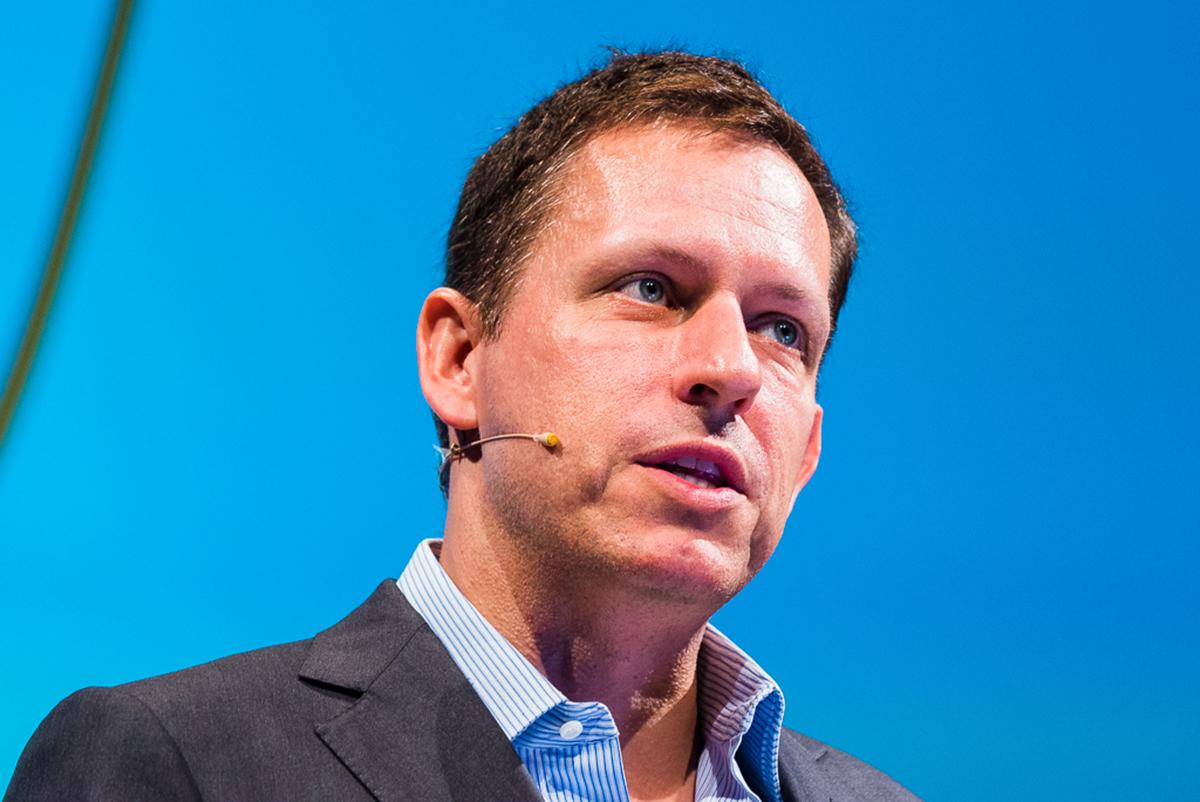
At the time, I didn’t think to wonder what type of group I’d fallen in with, or how or why I fit in. Nowadays, when you think about teenagers meeting strangers on the Internet, it makes you think of perverts praying on helpless children. While I can say that nobody tried to arrange a meeting for a sexual encounter, I did have a set of admirers. I was told that I was attractive, that I had the potential to blossom into a beautiful woman. It was attention I wasn’t used to. As a high school student, I was still the butt of abuse and the target of bullies. So through my teen years, I lived in two worlds. By day, I was a sulking creep, a mostly-friendless loser just trying to make it through a day without being threatened or smacked by the bastards who found it funny. At night, I was celebrated and complimented. I learned how to return compliments and build other people up. I learned how to receive and give validation.
Is that what made me a woman? To be recognized as one by an Internet chat group? I was starting to accept that I really was a woman. Specifically, a transsexual woman. Scientifically, a person with a woman’s brain who was born into a man’s body.
Yes, I realize that’s not scientific, but this is what we were telling each other, and telling others. Even Caitlyn Jenner has trotted out this trope. “Born in a man’s body” became the accepted device for explaining our existence as transsexuals. To “cure” this condition, we were expected to take feminizing hormones and whatever other treatments were necessary to achieve femininity, commonly including hair removal (through the process of electrolysis, predating laser depilation), facial feminizing surgery, tracheal shaving to reduce the prominence of the Adam’s apple, surgery to change vocal pitch, rib reduction surgery, a list of implants including breast, hip, buttock, and cheek, and then finally sex-reassignment surgery.

